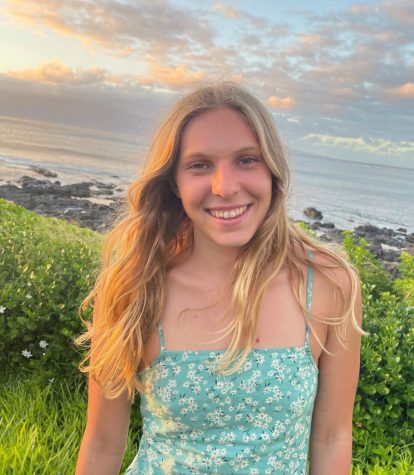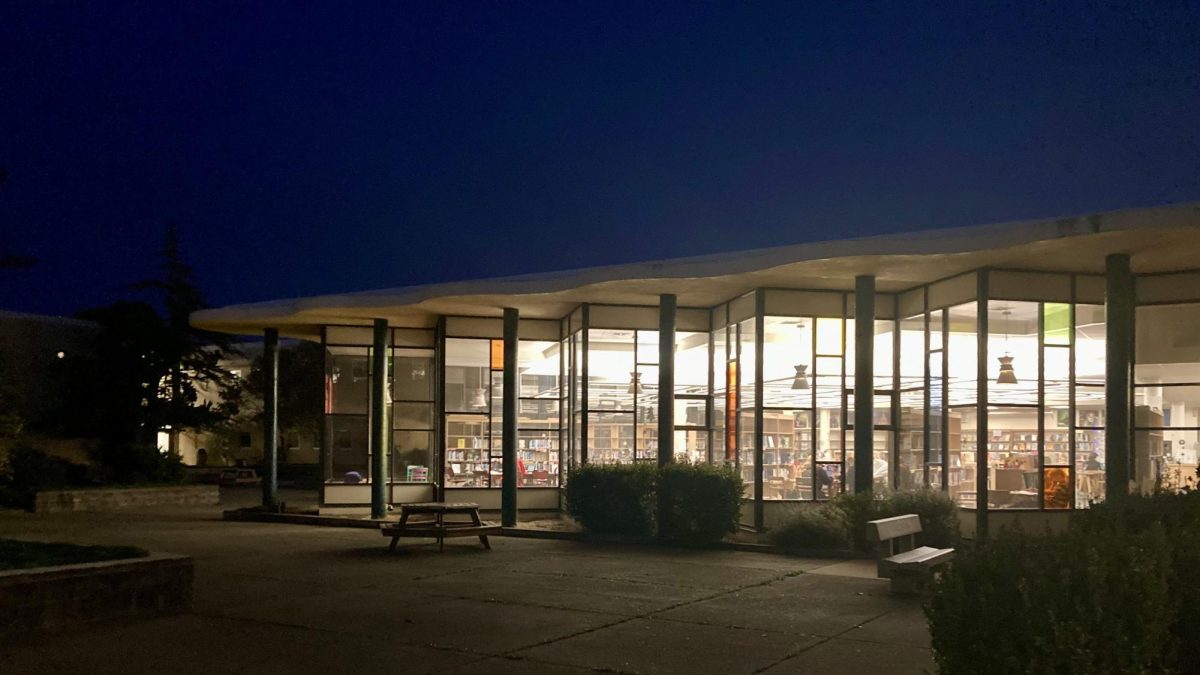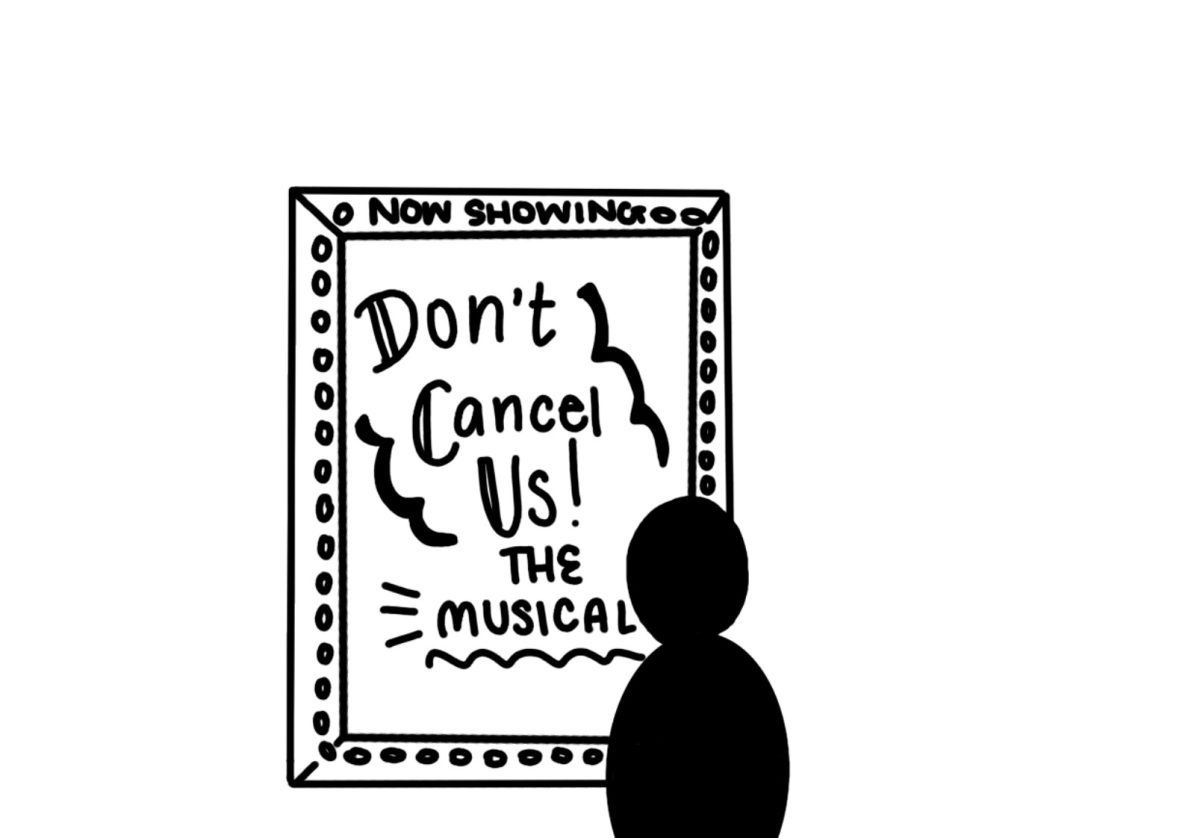The deception of (dis)service trips
September 30, 2022
Swimming in the wild Amazon river, catching a piranha and zip lining through a dense jungle were a few of the tales I heard from a group of students at my middle school who went on a service trip to Peru. During spring break, fellow peers of mine flew into the Amazon rainforest where they took a boat into the jungle and stayed for a week. After detailing their exciting journey, they told me, in a prideful voice, that they had also helped paint a run-down Peruvian school. Their help, they said, would make a difference in the lives of many kids. Despite the pang of jealousy I felt that I had never experienced volunteering like this, I have since realized that their “volunteering” was simply another tourist activity.
Voluntourism, the act of doing volunteer work while simultaneously vacationing, has become a rapidly expanding industry. Today it is worth $3 billion dollars per year, according to the National Public Radio (NPR), and draws hundreds of thousands of volunteers from around the world to participate. At Redwood, 10 percent of students reported that they have been on a service trip abroad, while another 41 percent said they would go on one if given the opportunity. Instead of being completely volunteer-based, service trips are paid for by the volunteer and usually revolve around immersing oneself in the culture rather than focusing solely on charity work.
Most voluntourism trips abroad cost a couple thousand dollars for one to two weeks of work, including plane tickets and meals. The majority are in developing countries such as Costa Rica or Panama, and volunteers often spend their time teaching kids, building houses or planting trees. Although these trips have enormous potential to make a difference, they have the tendency to do more to help the volunteers than they do the targeted audience in need of support.

Often, these high priced trips are only a feasible opportunity to the wealthy, $1,000 or $2,000 is unaffordable for many families throughout the U.S. The idea of helping “poor people in a developing country,” regardless of a volunteer’s altruistic motivations, can also resemble a “White Savior Complex”. This is the idea that poor people of color need to be “saved” from their own problems by a white person who deems themself qualified.
People also assume that in communities being helped, there is a simple solution rather than a deep, complex one. A volunteer flying to Guatemala and building a well in one town indeed helps some, but does not address all of the effects of water scarcity throughout the region. Water scarcity can lead to a lack of education, hunger and disease, and building a single well does not address this. Simplifying these problems confronts the symptoms of the issue, rather than the cause. It undermines local efforts and perpetuates the idea that locals are incapable of solving their own problems.
Often, local volunteers are the ones who are making a more substantial difference in their community. They are familiar with the area they are working in and have a complete understanding of the problem that they are facing and its implications. However, voluntourist trips can undermine local organizations when volunteers see themselves as more competent and displace qualified locals.
Many student volunteers also have little experience doing their service — building houses, planting trees, painting schools and teaching children. Because of their age, many do not know enough about a task to do it independently. It is unlikely that a large portion of Redwood students know the steps in constructing a house, let alone are actually able to build it themselves.
Like the eighth-graders at my middle school who painted houses in the Amazon, many volunteers have had no training on the service they are performing, therefore making their progress slower than if qualified local companies were instead paid to do the work.
Voluntourists can also have unintentional negative effects on the rest of the community in which they are volunteering. One glaring instance is that kids in some voluntourist hotspots are placed in orphanages when they don’t have to be. Because volunteers will pay or raise money to work in orphanages, orphanage directors are profiting off of their good intentions. This creates a larger incentive for these institutions to maintain a poor environment, therefore attracting more tourists. Even though orphanages are making more profits, being in these institutions has proven to have long-lasting psychological effects on children.
“In places like Kenya and Cambodia, Nepal and Tanzania, orphanages are prolific. But the children within them are not orphans and in many cases are being placed in orphanages in order for orphanage directors to profit from the [volunteer] tourism demand to engage with orphans,” Leigh Mathews, founder of volunteer consultant company Alto Global, said to NPR.
However, tourism, isolated from the plethora of problems associated with voluntourism, can be beneficial and expose people to different cultures. Having more hands for large, unskilled projects are also often needed to keep programs running and therefore are greatly helped by a constant stream of volunteers. In 2021, the United Nations Volunteer Programme reported that they deployed 10,921 volunteers. These volunteers helped with COVID-19 response, education and a variety of other tasks to help others throughout the world.
Even so, in order to help people, you do not have to travel 3,000 miles across the world. You can make a difference in the lives of other people right here in the Bay Area. There are thousands of volunteer organizations that make large impacts on the lives of others and the money paid for voluntourism based trips could instead go directly to an organization that would use it to its full extent, with none of it going towards flights, food or lodging.
It’s crucial when deciding to travel abroad that aspiring volunteers recognize the potential harm they could cause to a community. To ensure a positive impact for both sides of the volunteer work, volunteers should take the time to research programs before going on a service trip and see if they are really in a position that is able to help. It’s vital to make sure the life that you’re changing is not just your own.







